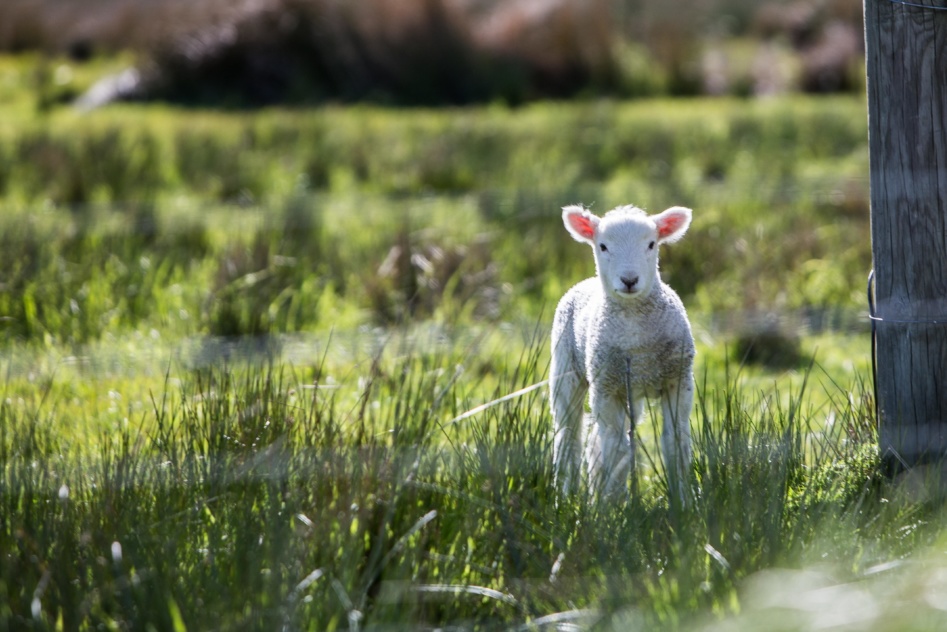Investment Update – Energy shortages and supply disruptions continue
Stock markets bounced back in October despite an unsettled month due to global supply disruptions and energy shortages.
Financial markets were unsettled in October for a number of reasons. They include soaring energy prices due to the global shortage of natural gas supplies and high demand in Asia. Markets became calmer after Russian President Vladimir Putin indicated that his country could supply additional gas to Europe. The increase in energy prices and shipping costs prompted the The Organisation for Economic Co-operation and Development (OECD) to raise its inflation forecast for the G20.
The natural gas shortage pushed up oil prices, with Brent crude rising to its highest level in seven years. The Organisation of Oil Exporting Countries (OPEC) agreed to increase oil production gradually to meet high demand as countries come out of pandemic-induced lockdowns.
US stocks rally
In mid October the S&P 500 index enjoyed its best days since July, making up for fall earlier in the month. Strong company earnings results contributed to the performance, as did the stability brought by the news of the Senate’s decision to temporarily raise the federal debt ceiling.
October followed September as a month of rising inflation in the US. However, higher prices didn’t deter consumers, with retail sales also up from previous months. There was another lower-than-expected jobs report, with the working economy still affected by the Delta variant and a sluggish labour market.
UK Budget news and interest rate speculation
In early October the FTSE 100 had its best first week of the month since May, helping it to a 20-month high and a recovery of most of the losses it experienced since February 2020 and the start of the pandemic.
However, the Bank of England warned that the UK economy is more vulnerable to the global rise in inflation than other G7 nations, and that it could slow the recovery. Attention remained on the Bank of England’s move to raise interest rates, with economists predicting a rise as soon as early 2022. City traders are betting that it will happen before the end of this year.
In this year’s much anticipated Autumn Budget, Rishi Sunak set out the government’s plans to help get the economy back on track following multiple lockdowns. Policies announced included an increase in the National Living Wage and a 50% business rates discount for firms in the retail, hospitality, and leisure sectors up to a maximum of £110,000. Dividend tax rates will also rise by 1.25% from April next year which means investors will pay more on their earnings. Further thoughts from Omnis Investments’ CIO, Robert Jeffree, can be found here.
China’s third-quarter slowdown
Asia suffered an ongoing shortage of coal, with power cuts reported across countries reliant on the fuel, like China (where coal generates two thirds of the country’s electricity), and with India on alert for similar outages. Coal prices in China hit a record high during the month along with a dip in manufacturing (the latter due to power shortages and ongoing outbreaks in coronavirus cases).
The crisis surrounding the Chinese property developer Evergrande saw the company sell part of its stake in a bank to a publicly owned investment group on condition that the developer uses the proceeds to repay a loan. Figures released in October also showed that the pace of economic growth in China slowed in the third quarter compared with the previous year.
Key takeaways
- Volatility in the markets continued in October due partly to the global shortage of natural gas supplies.
- In mid October the S&P and enjoyed its best days since July, making up for drops earlier in the month.
- The Bank of England warned that the global rise in inflation could slow the UK’s economic recovery.












